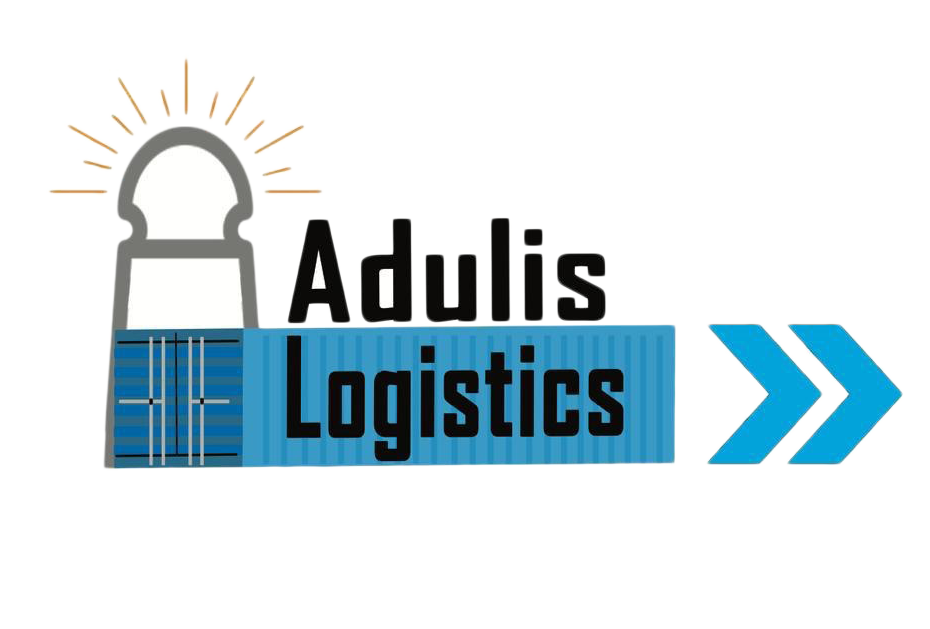Amazon’s latest plan to use drones to deliver packages in the UK by the end of 2024 is essentially a relaunch. It was ten years ago that the company’s founder Jeff Bezos first announced it would fly individual packages through the sky.

Three years later, an impressive promotional video revealed that the project was starting out in the British city of Cambridge. But by 2021, the operation appeared to have come to an abrupt halt.
Now it seems the company was undeterred by that pause. The dream of sending drones to UK homes bearing (not very heavy) items that we cannot wait more than 30 minutes to have is back in play. So, will it work this time?
In the US, progress has been sluggish. Amazon managed a grand total of 100 deliveries in May 2023, in two locations. (At one of these locations, in Texas, the company has to pause operations when the temperature gets too high).
Despite this, Amazon plans to launch delivery drones in two new areas – one in the UK and one in Italy (precise locations are yet to be disclosed). It has a new model of drone and a vast logistical network at its disposal.
Aside from these key factors, Amazon may well have been inspired by other companies in the sector. The most obvious example is drone delivery of vital medical supplies.
Zipline started delivering blood and medicine to remote places in Rwanda, and has now expanded to Ghana and the US state of North Carolina. Other companies such as UPS and Google’s Wing have started offering similar services.
But what these success stories have in common is that they are cost-efficient – pharmaceutical products weigh little and are typically expensive enough to justify the use of a drone – and they are focused on areas which are not densely populated.
In contrast, Amazon’s own estimates put the cost of delivering a single package at $484 (£395) today, which it expects to reduce to $63 (£51) by 2025. Offering customers free or cheap drone delivery will be extremely expensive.
Amazon’s solution to this is likely to be the same one it has used so successfully over the last two decades: increasing the scale of its operation. After all, at the start of the century, many wondered how e-commerce could ever be profitable. Now, millions of people buy from Amazon, and that vast number of customers is key to its success.
But Amazon’s business plan seems to rely on dominating the market. And for air deliveries, this means not only dropping packages in rural areas, but being available in cities where more than half the world’s population live.
